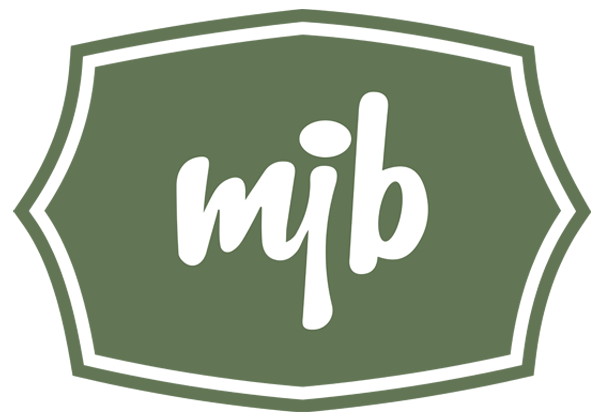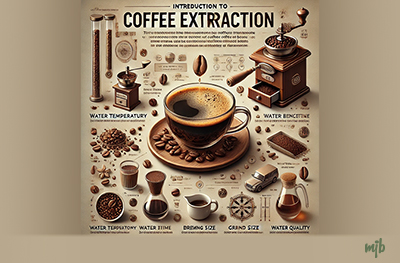
Monday, 13 January 2025
Coffee Extraction Principles
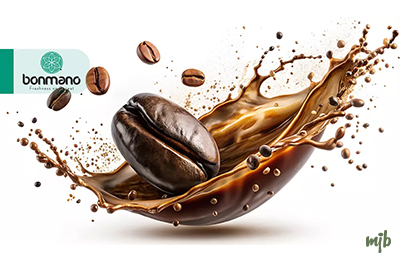
Coffee extraction is the process that transfers the unique aroma and flavor of coffee beans into a delightful beverage. This art requires not only skill but also knowledge to achieve a perfect balance of flavor. If you're someone who occasionally finds their coffee too bitter or too weak, this guide can help you master the process. Below, we explore the key principles and tips for proper coffee extraction.
What is Coffee Extraction?
Coffee extraction refers to the process where hot water passes through ground coffee, extracting its chemical compounds, including caffeine, oils, acids, and flavor components. The result is a drink that showcases the full characteristics of the coffee bean. Factors such as water temperature, brewing time, grind size, and water quality play a crucial role in determining the final taste of your coffee.
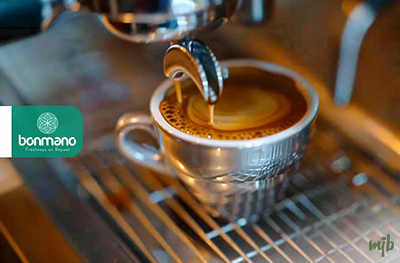
Levels of Coffee Extraction
The flavor of coffee is a direct result of the extraction process. If not performed correctly, the coffee may develop undesirable characteristics. Broadly speaking, the levels of extraction are as follows:
Under-extraction: Results in a sour, watery, and shallow flavor profile.
Over-extraction: Produces an excessively bitter and astringent taste.
Balanced Extraction (Ideal): Delivers a coffee that is sweet, well-balanced, and rich.
Factors Influencing Coffee Extraction
1. Water Temperature
The ideal water temperature for coffee extraction lies between 90°C and 96°C.
Higher temperatures can lead to the extraction of bitter compounds.
Lower temperatures may result in under-extraction.
2. Water Quality
The water used should be clean, odorless, and moderately hard.
High mineral content: Can produce a heavy, muted flavor.
Low mineral content: May lead to weak and flat taste notes.
3. Grind Size
The size of coffee grounds should correspond to the brewing method:
Espresso: Requires a very fine grind.
French Press: Calls for a coarse grind.
Pour-over: Works best with a medium grind.
4. Extraction Time
The duration of water contact with coffee grounds varies depending on the brewing method. For instance:
Espresso: Ideal extraction time is less than 30 seconds.
French Press: Requires 4 to 5 minutes.
Pour-over methods (e.g., Chemex, V60): Typically take between 2 to 4 minutes.
5. Water-to-Coffee Ratio
Maintaining the correct water-to-coffee ratio (e.g., 1:15 or 1:17) significantly impacts the final flavor profile. Precision in this ratio ensures balance in taste and strength.
Coffee Extraction Methods
Immersion Brewing
This method involves steeping coffee grounds in water for a fixed period, as in French Press, delivering a full-bodied and rich flavor.
Percolation Brewing
In methods like Chemex and V60, water is poured over the coffee, passing through the grounds and a filter. This technique yields a clean and crisp flavor profile.
Espresso Extraction
Espresso is one of the most popular brewing methods, requiring:
Very fine grind size.
High pressure to push hot water through the coffee grounds.
The result is a concentrated and intense cup with a robust flavor.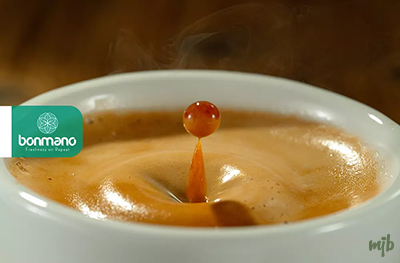
French Press
In this method, ground coffee is immersed in hot water and then the grounds are separated by pressing a piston. The result is a coffee with a rich and oily taste.
Chemex and Pour-over
These methods rely on the use of paper filters and a steady flow of water through the coffee. The result is a clear and bright coffee that highlights specific flavor compounds.
Aeropress
This method is a combination of espresso and French press, providing more control over pressure, time, and temperature. The final result is a balanced coffee with rich flavors.
Moka Pot
This classic Italian method uses steam to extract coffee, resulting in a strong and aromatic coffee.
Siphon
Siphon is a unique and scientific brewing method that uses steam pressure and vacuum to brew coffee. The result is a clear coffee with very balanced flavors.
Measuring Coffee Extraction
Measuring coffee extraction refers to the process of assessing and determining the amount of soluble compounds (extract) that are extracted from the coffee beans during brewing. This measurement helps fine-tune the quality and flavor of the coffee. Tools like TDS (Total Dissolved Solids) and Brix meters are used to measure the dissolved solids in the drink. Proper extraction results in a balanced and desirable flavor, while under or over extraction can create bitter or sour flavors.
Common Coffee Extraction Problems
Bitter Coffee
Cause: Over-extraction, high water temperature, or very fine grind.
Solution: Reduce extraction time, control water temperature, and use a coarser grind.
Sour Coffee
Cause: Under-extraction or low water temperature.
Solution: Increase water contact time and use higher temperatures.
Watery Coffee
Cause: Improper water-to-coffee ratio or very coarse grind.
Solution: Increase the amount of coffee and use a finer grind.
The Role of Filters in Extraction
Paper, metal, or cloth filters each have their own unique characteristics. Paper filters provide a clean, transparent taste, while metal filters create richer, oilier flavors. The choice of filter depends on the brewing method and personal preference. Experimenting with different filters and testing the taste of the coffee helps find the best option and improves the quality of the extraction.
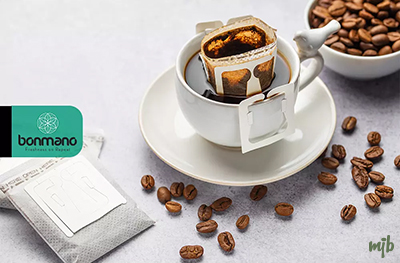
Advanced Tools in Coffee Extraction
Thermometer
Using a thermometer to precisely control the water temperature can significantly impact the quality of the extraction.
Digital Scale
A precise scale for measuring the amount of coffee and water helps maintain the correct ratio.
Timer
A timer allows you to monitor the exact extraction time and prevents over or under extraction.
10 Tips to Improve Coffee Extraction
In simple terms, an unbalanced taste in coffee indicates improper extraction, which can lead to either over-extraction (bitter) or under-extraction (sour), resulting in an unsatisfactory cup. To avoid over or under-extraction, the following parameters should be controlled based on your brewing method:
Use Fresh Coffee Beans: Freshly roasted beans provide the best flavor.
Proper Grind Size: Each brewing method requires a specific grind size (e.g., coarse for French press, fine for espresso).
Coffee-to-Water Ratio: Use standard ratios such as 1:15 or 1:17 for a balanced taste.
Optimal Water Temperature: The water should be between 90°C and 96°C.
Accurate Brewing Time: Brewing time should be adjusted based on the chosen method (e.g., 4-5 minutes for French press).
Water Quality: Use filtered or mineral water with balanced hardness.
Clean Equipment: Brewing tools should be clean to prevent affecting the coffee’s taste.
Stirring Coffee: In immersion methods, stirring helps with even extraction.
Pressure (for Espresso): A pressure of 9 bars is essential for espresso.
Control Environmental Conditions: Factors such as humidity and temperature can greatly influence the extraction result.
And Finally...
Coffee extraction is a delicate and precise process that requires attention to detail. By following the principles and techniques mentioned, you can elevate the taste of your coffee and enjoy a balanced and flavorful cup. Experimenting with different methods and gaining experience will help you find the best taste for yourself. Enjoy your cup!
Sources of the Article:
|
